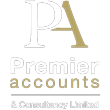
The word on the street
In this business, keeping your nose close to the ground is vital if you want to sniff out what really bothers folk. Many small businesses tell me they are confused about VAT changes announced in the Autumn Statement and implemented this spring. So I've dug up the following details.
Government tightens VAT flat rate scheme
From 1 April 2017, many small companies registered with the flat rate scheme have had to either withdraw or change their status to pay VAT at a rate of 16.5%, depending on how they now qualify.
In his last Autumn Statement, the Chancellor warned that he might end the VAT savings many businesses have been making via the flat rate scheme (FRS). This has now come to pass.
In 2002, HMRC introduced FRS to simplify VAT system administration. In practice, the advantages have been negligible. However, many businesses have used the FRS to save money.

Introducing a new class of FRS business
As of 1 April, all businesses using the FRS have had to check whether they are a "limited cost trader".
If so, they must now use a 16.5% FRS rate. This will virtually wipe out any VAT savings. Some businesses may even be worse off than being in the FRS scheme. Those offering personal services - such as consultants - are most likely to be affected.
What is a limited cost trader?
Everything then pivots on the definition of a limited cost trader.
The answer is that a limited cost trader is one whose VAT-inclusive expenditure on goods is either:
- Less than 2% of VAT-inclusive turnover in a VAT return period
- Greater than 2%, but less than 1k per annum (or 250 for a VAT quarter)
This is where new companies joining the scheme need to be careful.
When testing whether either of the 2% or 1k conditions apply, it is important to ignore the VAT paid on certain types of purchases. These include:
- Any not used exclusively for the business
- Ditto capital expenditure, such as equipment purchases
- Food or drink consumed by a business owner or employees
- Vehicles, vehicle parts and fuel, except when providing transport services, such as running a taxi firm
Typical example
A consultant might buy office equipment, including a new computer. If the gross amount is less than 2% of their total turnover, then they must pay VAT at the new 16.5% rate, rather than their old FRS VAT rate.
Using normal VAT rules outside the FRS, a larger VAT deduction might be possible. In which case leaving the FRS may be the best course of action.
If you are still in doubt, and would like extra help around the whole area of VAT, just give us a call at any time on the old dog and bone.
Kind regards
Budget

